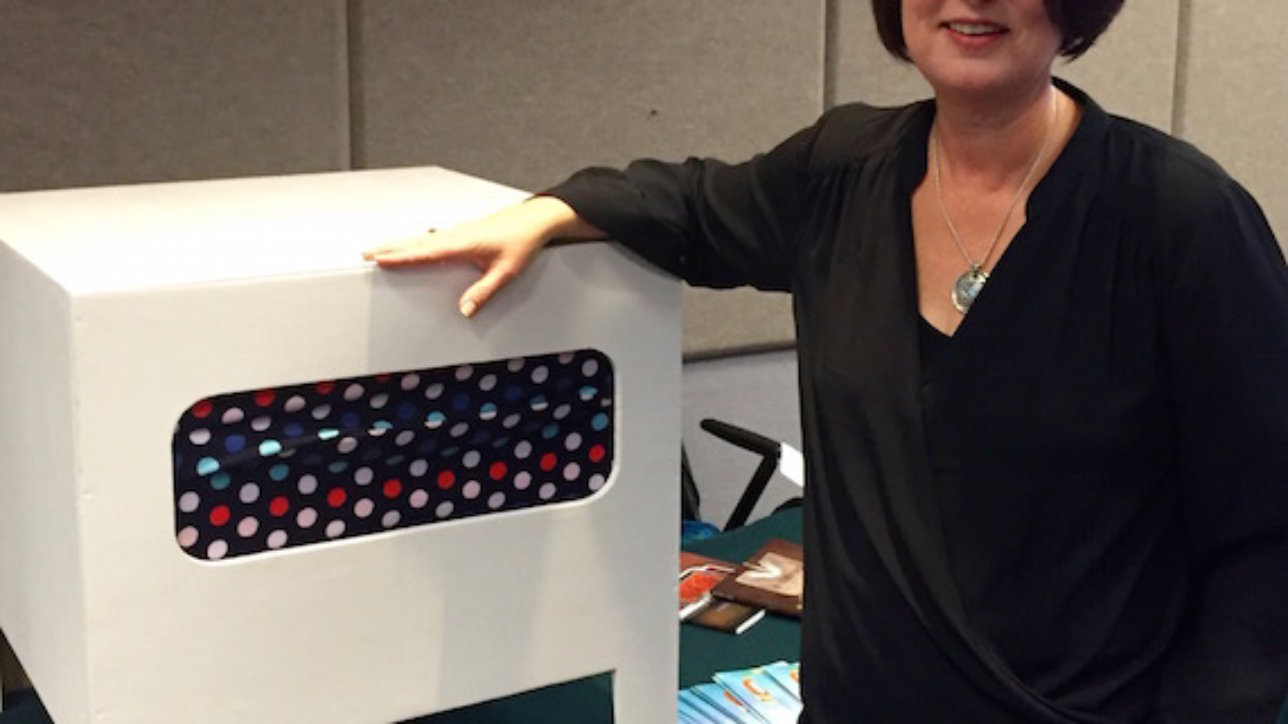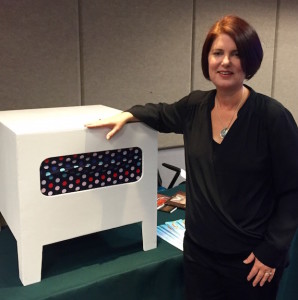Would you stick your hand into a dark box, unable to see what awaits you inside? Even if you’re told that there’s a treat inside and if you find it, it’s yours to keep?
Recently, I asked a bunch of market researchers to do just that at an event dedicated to learning about incorporating behavioral science into research. Instead of just standing around talking about what behavioral science is and how Insight Farm uses it to learn more about consumers, I thought that the folks in attendance would learn more by actually participating in an experiment. So, I created and conducted a simple live experiment I called Beyond the Box.
The premise was simple:
- I asked folks to reach inside a box and find a package of InsightFarm M&Ms while deprived of the sense of sight and encountering obstacles (things like barriers, unexpected textures like fur and feathers).
- While observing the behavior of the respondents, I conducted a simultaneous deep inquiry interview and observed nonverbal cues.
- Each respondent was debriefed on the results of their experience in-the-moment, cementing the learning.
What I found was that the respondents experienced an arc of emotions, starting with hesitation and nervousness, moving to fear and surprise, and, finally, to accomplishment and relief. Perhaps because it was so close to Halloween, many respondents expressed real concerns about what was in the box – an animal? A rat? Something slimy and gross?
The respondents’ body language and non-verbal cues (such as laughter – used to cover their fear) followed along the same emotional shifts, but occurred before the questions were asked. My questioning also confirmed that adults learn best through vivid experiences. The respondents were able to confirm their comprehension of the experiment and their understanding of the concepts presented during a debrief afterward.
None of the respondents let their initial fear keep them from their accomplishment, perhaps responding to peer pressure to participate, or simply demonstrating that people will, in fact, do anything for chocolate.
Want to learn more about how to apply behavioral science methods to better understand your consumers and make better business decisions? Contact me and let’s talk.




